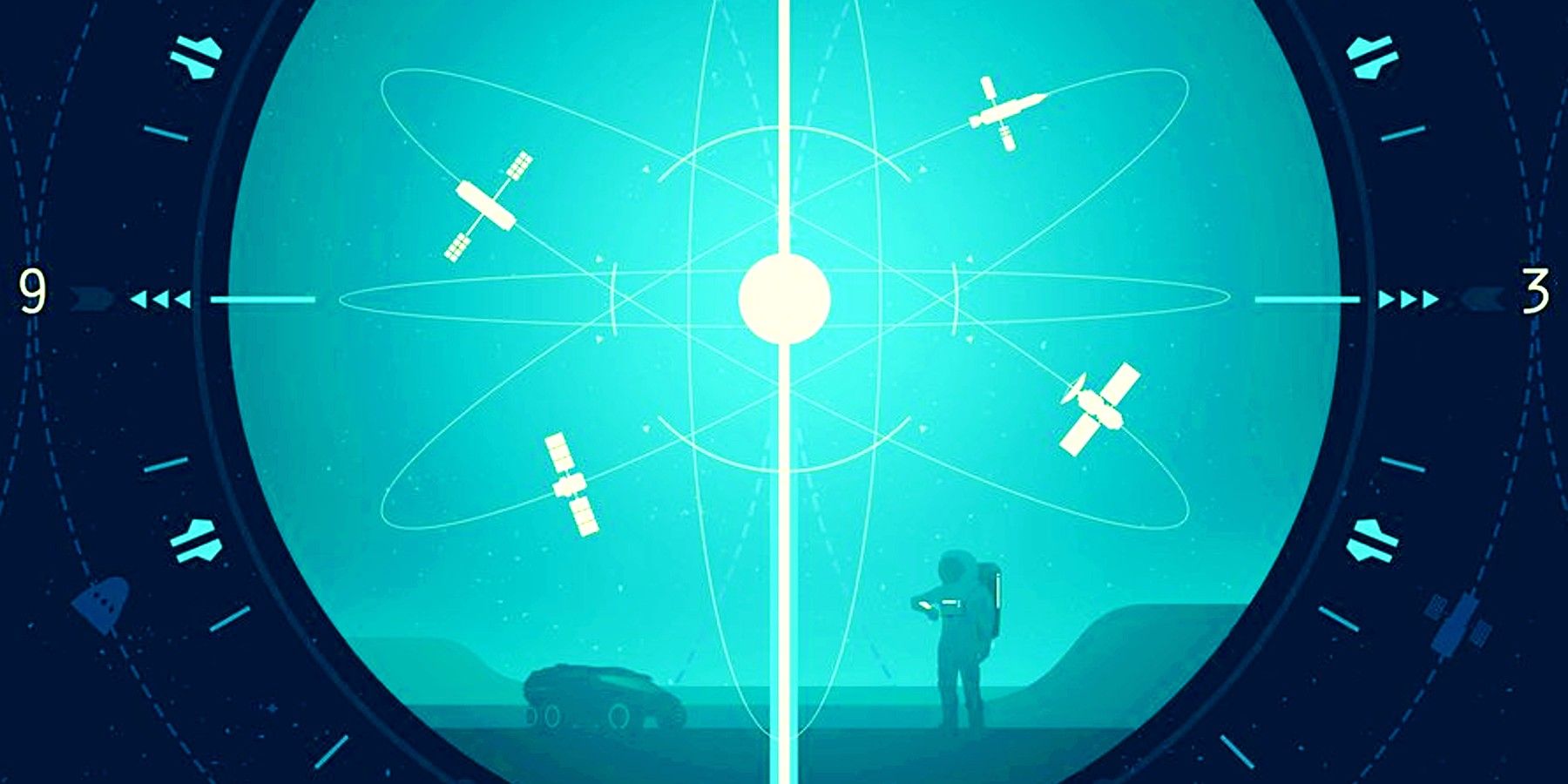Scientists say that the first contact humans could have with an alien civilization may not be like anything we have imagined. Humanity has made significant progress in space, exploring the solar system and looking beyond with telescopes like the Hubble and James Webb. Still, one of science's biggest questions, "Are we alone in the universe?" has no answer.
The search for life beyond Earth takes different approaches. For example, rovers on Mars are aligned to missions that are not looking for advanced forms of life but more basic life forms. Other European Space Agency (ESA) and NASA missions study exoplanets to search for distant planets that have life potential. NASA has even created a new scale that measures life complexity to ensure that when life in deep space is found, it is not sensationalized.
Scientists from the University of California say that people had ignored the fundamental laws of the universe when they formed the idea of speaking to an alien civilization. They explain that the distances that separate us from planets in other solar systems are so significant that they create massive delays in communications. Messages traveling from and to other worlds could take decades just to reach their destination. They say ommunications would look like a "phenomenally slow pen-pal correspondence."
Communicating With Super-Earth Exoplanet GJ 273b
To support their theory, scientists studied hypothetical communication with an advanced life form living on exoplanet GJ 273b. The exoplanet is cataloged as a Super-Earth by NASA. In 2017 a powerful radio transmission was sent to GJ 273b after being identified as having great potential to support life. The signal will reach the planet in 10 years from now, and a response will come in the next 20 years. Transmissions to distant worlds are not uncommon. Hundreds of signals have already been sent out, and scientists expect them to increase with Webb and its hunt for planets with "biosignatures."
Radio communications in space are not at "the speed of text, or email," scientists from the University of California say. So more advanced communications could be essential. For example, NASA is now testing a new type of communication in space based on lasers. Lasers travel at the speed of light and can carry massive amounts of data. However, Super-Earth GJ 273b is 19 light-years away, so even traveling at the speed of light, the message would take more than a decade to get there.
But not everyone thinks that this delayed communication is bad news. Michael Arbib, computer scientist, biomedical and electrical engineer, biologist and physiologist, says the space delay could be used to our advantage. Translating, decyphering messages, and creating a common language requires time. Scientists agree that the delay could also mitigate the shock finding life on another planet would have on ours. Gradually introducing the idea of not being alone in the vastness of space gives everyone a better pace to digest the news, they say.
Source: Phys.org


